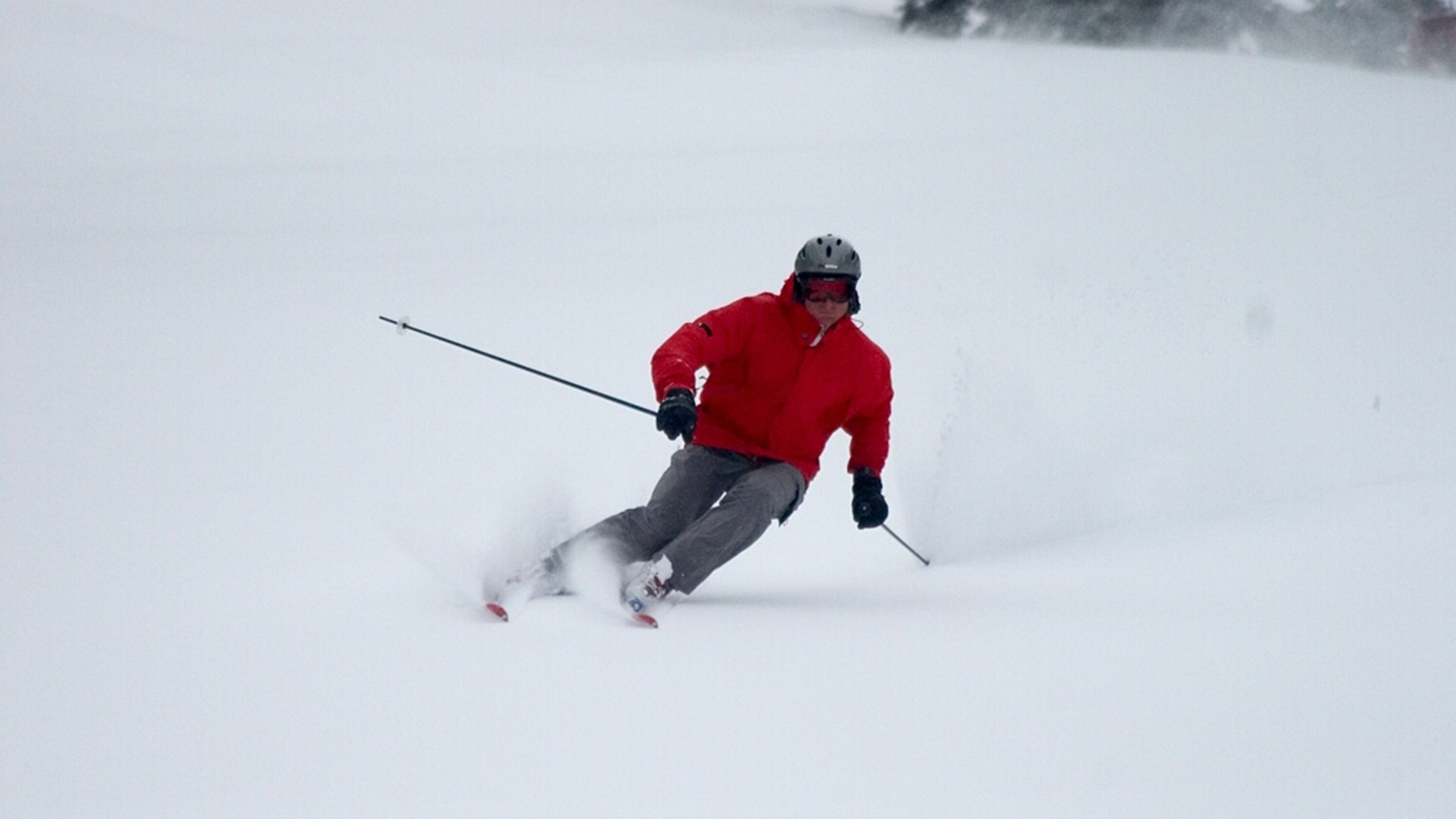Should Wealthy Skiers Get to Buy Access to Powder Before the Lifts Open?
Rising predawn to chase powder is sacred in ski culture, but an increasing number of resorts are offering early-access programs for people who can afford them
New perk: Easily find new routes and hidden gems, upcoming running events, and more near you. Your weekly Local Running Newsletter has everything you need to lace up! .
My Great Awakening
The powder snow of Japan is so light, so iconic, it has a name: Japow. Born of cold Siberian air streaming over relatively warm ocean water toward Hokkaido, Japow has inspired face-shot aficionados to fly halfway around the world for it. I have been to Niseko and, like the airborne snow crystals sent into a frenzy with every turn, was blown away. Last January, a friend skiing there told me about an offering that reserves the first hour of that incredible snow for VIP customers. I couldn’t believe my ears, so I looked it up.
The travel website Japan Snowtrip Tips says: “Trust us, it never felt so good to have a line of shocked powder junkies collectively stare-a-hole right through us as we came cruising back to the lift covered in blower pow from empty early morning Hanazono slopes, only to slide right past them, hop on the chairlift and do it all over again (three times) before anyone else could access the goods.”
The subject was Niseko Hanazono Resort’s first-tracks powder-skiing program, an add-on to its guided backcountry and sidecountry tours. The cost? About $750 lets your group of four chew up fresh powder for an hour before the lifts open, followed by another six hours of guided skiing. I pictured myself as the seething sucker waiting in the lift line.
Two things in skiing are sacrosanct: cherishing powder and honoring the commitment of the ski-bum (snowboarders included) lifestyle. The first because powder is rare and sublime. The second because all true devotees are ski bums or ski bums at heart. This program was an affront to both.
This matters because skiing, already expensive and out of reach for many, is becoming increasingly so, and now, with most of these programs, wealthier people have first dibs on one of its greatest joys.
I knew my hometown area, Aspen Mountain, had a program that had started informally nearly 40 years ago when ski instructors let clients tag along before the lifts opened to practice their skills for certification tests. About 20 years ago, I participated in another version at Aspen, free for anyone who wanted to ride the lifts early. During the 2020-2021 season, the program became an exclusive pre-lift-opening powder and fresh-corduroy experience. I thought the program was an “only in Aspen” thing. The Niseko news made me furious—and curious.
On a powder day in early 2023, I arrived at the Aspen Mountain gondola early enough to be among the first dozen in the lift line. As our gondi bucket rose above Copper Bowl, I looked intently down to see it almost completely skied out already. The joyful anticipation ebbed into gloom. Aspen Mountain’s pay-extra-for-powder group, which can be up to 180 people, had already had 45 minutes to ski Copper.
I grew up when those in the know who had a great desire to ski powder rose early and raced to the lifts to be first in line. Powder days have always been a heady reward for hearty devotion. With this new approach, though, something significant is being taken from the regular skier and rider.
Why does this matter? As with any love affair, the explanation is complex. It matters because the sport, already expensive and out of reach for many, is becoming increasingly so, and now, with most of these programs, wealthier people have first dibs on one of its greatest joys. Many skiers are unaware of the proliferation of these first-access add-ons, but some in the know aren’t happy about the concept, and a few have even made pleas to a U.S. senator to halt a similarly conceived program called fast tracks, whereby skiers can cut lines during normal lift hours.
The preferential powder forays are expanding. Recently, Aspen Skiing Company announced it will now offer pre-opening guided powder tours through its AspenX luxury brand for groups of up to ten on the locally hallowed ground of Highland Bowl, at Aspen Highlands. The AspenX website notes the tour as $2,500 per person (four-person minimum) with a gourmet breakfast included. The experience is currently offered only on Wednesdays and Fridays and is not available on peak-season dates.
Jeff Hanle, Aspen Skiing Company V.P. of Communications and a passionate skier, told me in an email that the skiing business is fun but challenging. “Running ski areas is an expensive and capital-intensive undertaking, so we look for opportunities where you can test new programs and diversify our business to offset headwinds,” he said. When I asked how he would feel about these programs as a 25-year-old powder hound, he said, “Building these potential ancillary offerings for customers does almost nothing to change the experience of the customers who don’t sign up for them.”
Others feel differently. Mikey Wechsler, a legendary Aspen local who skis 160 to 170 days per year (he says he has only missed four skiing days over the last 20 seasons), told me, “I’m pissed! Isn’t skiing elitist enough already? Bottom line is, some things should be earned. You want first tracks? Get up early and be first in line!”









